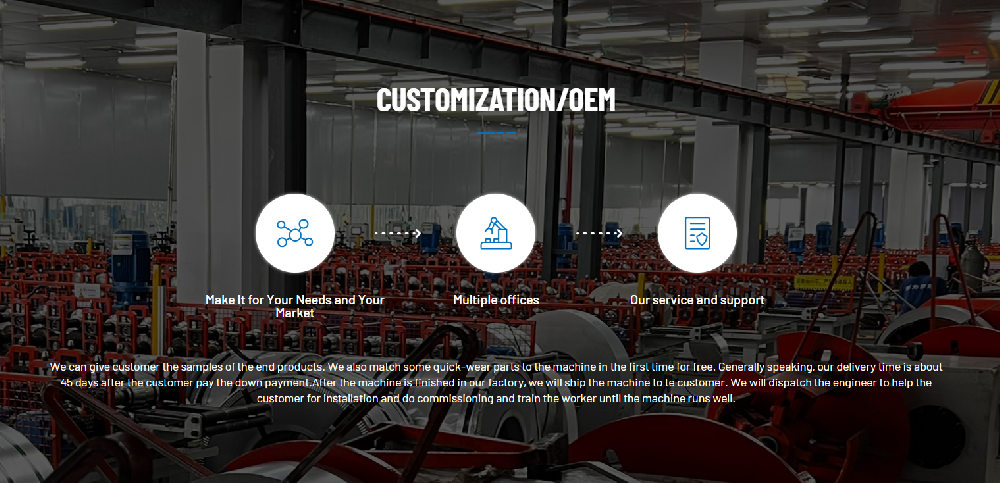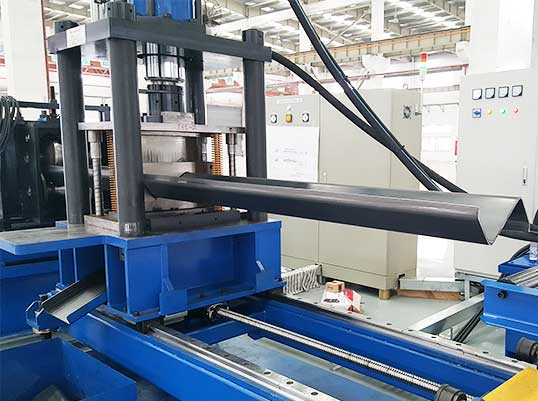Navigation Menu
Contact Us
- Email:
- info@wxavatar.com
- Address:
- Yurong Village, Yuqi Street, Huishan District, Wuxi, China.
Release Date:May 24, 2025 Visit:52 Source:Roll Forming Machine Factory
The solar energy sector continues to expand, driving innovation in manufacturing equipment. Among these developments, improvements in solar stand roll forming machine technology have become increasingly important. Manufacturers are investing in upgraded designs to meet evolving market demands and operational requirements. This article examines the key factors behind these design enhancements.

Enhanced Production Efficiency
Modern solar stand roll forming machines are being redesigned to optimize production output. Manufacturers focus on reducing cycle times while maintaining consistent quality. Updated control systems allow for faster material processing without compromising precision. These efficiency improvements help production facilities meet growing demand while controlling operational costs.
Improved Material Utilization
Recent design upgrades include advanced features that minimize material waste during the forming process. Precision engineering ensures accurate cuts and bends, reducing scrap rates. Some machines now incorporate intelligent feeding systems that calculate optimal material usage patterns. These advancements contribute to more economical production runs.
Increased Operational Reliability
Equipment downtime significantly impacts production schedules. Newer solar stand roll forming machine models incorporate robust components designed for extended service life. Manufacturers are implementing improved maintenance access points and wear-resistant materials in high-stress areas. These reliability enhancements help maintain consistent production flow.
Expanded Compatibility
As solar mounting system designs evolve, roll forming machines must adapt. Updated machines offer greater flexibility to accommodate various material thicknesses and profile designs. Adjustable tooling systems allow for quicker changeovers between different product specifications. This versatility enables manufacturers to respond to diverse project requirements.
Advanced Control Systems
Modern roll forming machines increasingly feature sophisticated digital controls. Touchscreen interfaces provide operators with precise adjustment capabilities and real-time monitoring. Some systems include diagnostic tools that help identify potential issues before they affect production. These control upgrades contribute to smoother operation and reduced training requirements.
Safety Feature Integration
Manufacturers prioritize operator safety in new machine designs. Enhanced guarding systems, emergency stop mechanisms, and sensor-based protection features are becoming standard. These safety improvements help create more secure working environments while maintaining production efficiency.

Conclusion
The ongoing upgrades to solar stand roll forming machine designs reflect the industry's response to practical manufacturing needs. By focusing on efficiency, reliability, and adaptability, equipment manufacturers provide solutions that support the solar sector's growth. These technological advancements enable production facilities to maintain competitiveness while meeting quality standards. As requirements continue to evolve, further innovations in roll forming technology are expected to emerge.